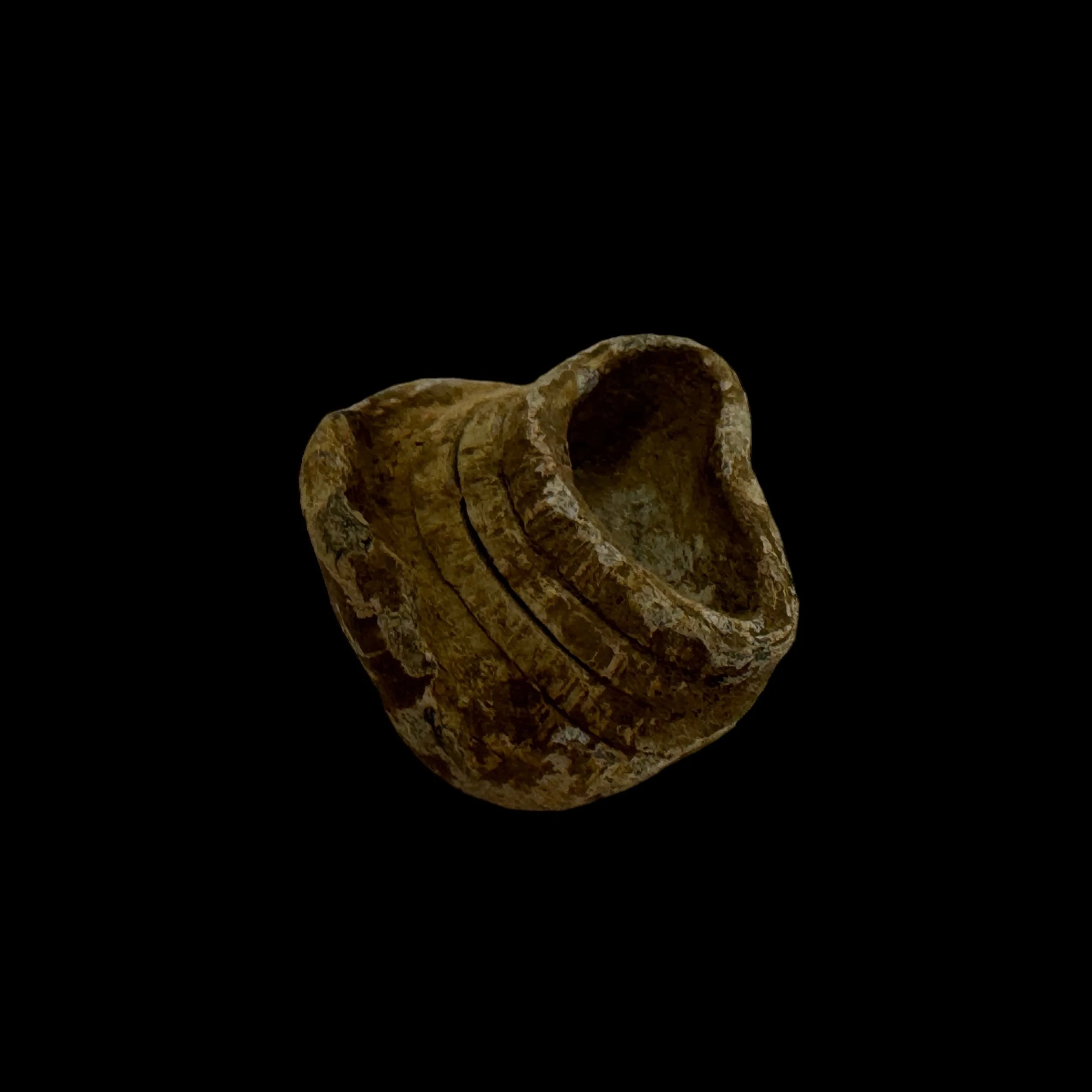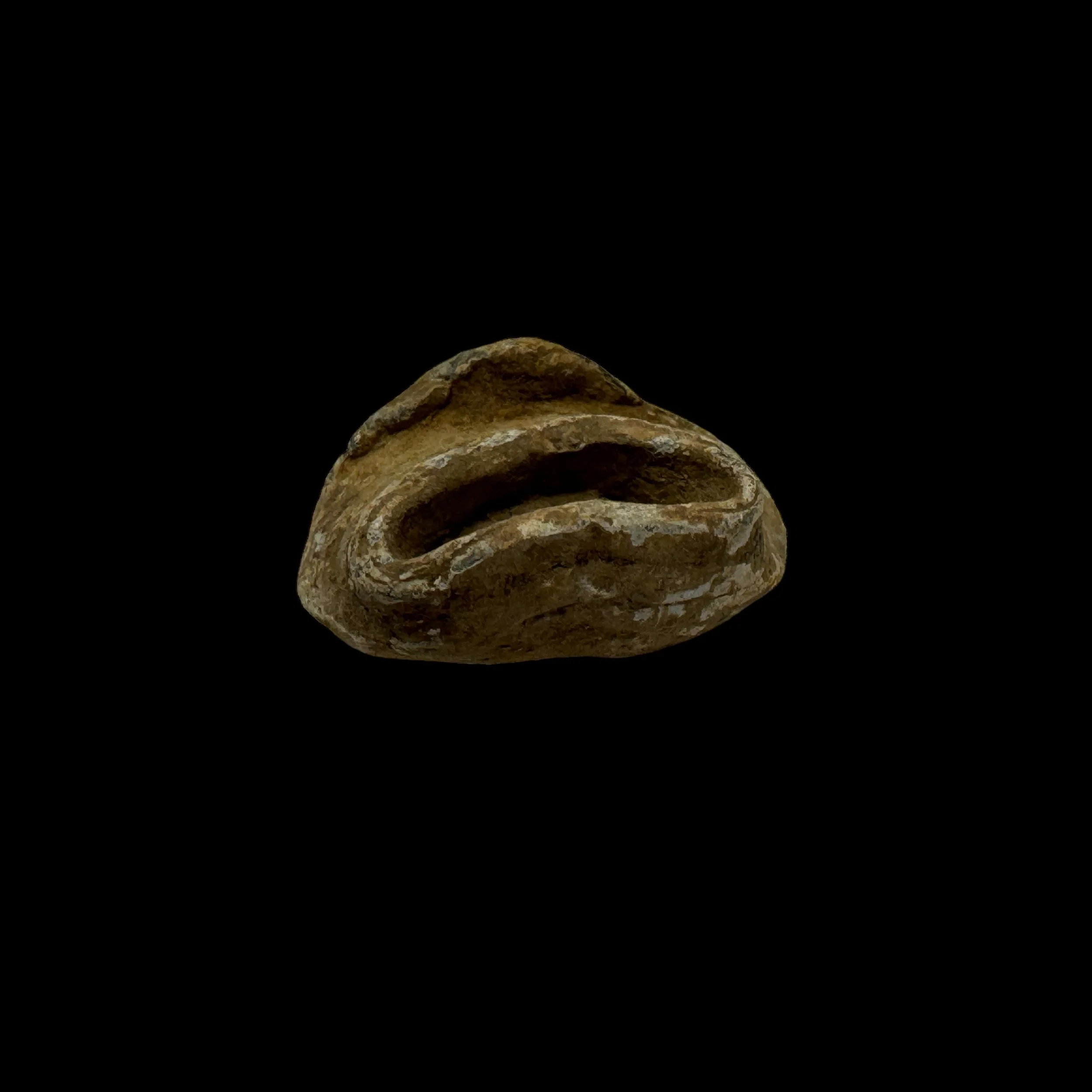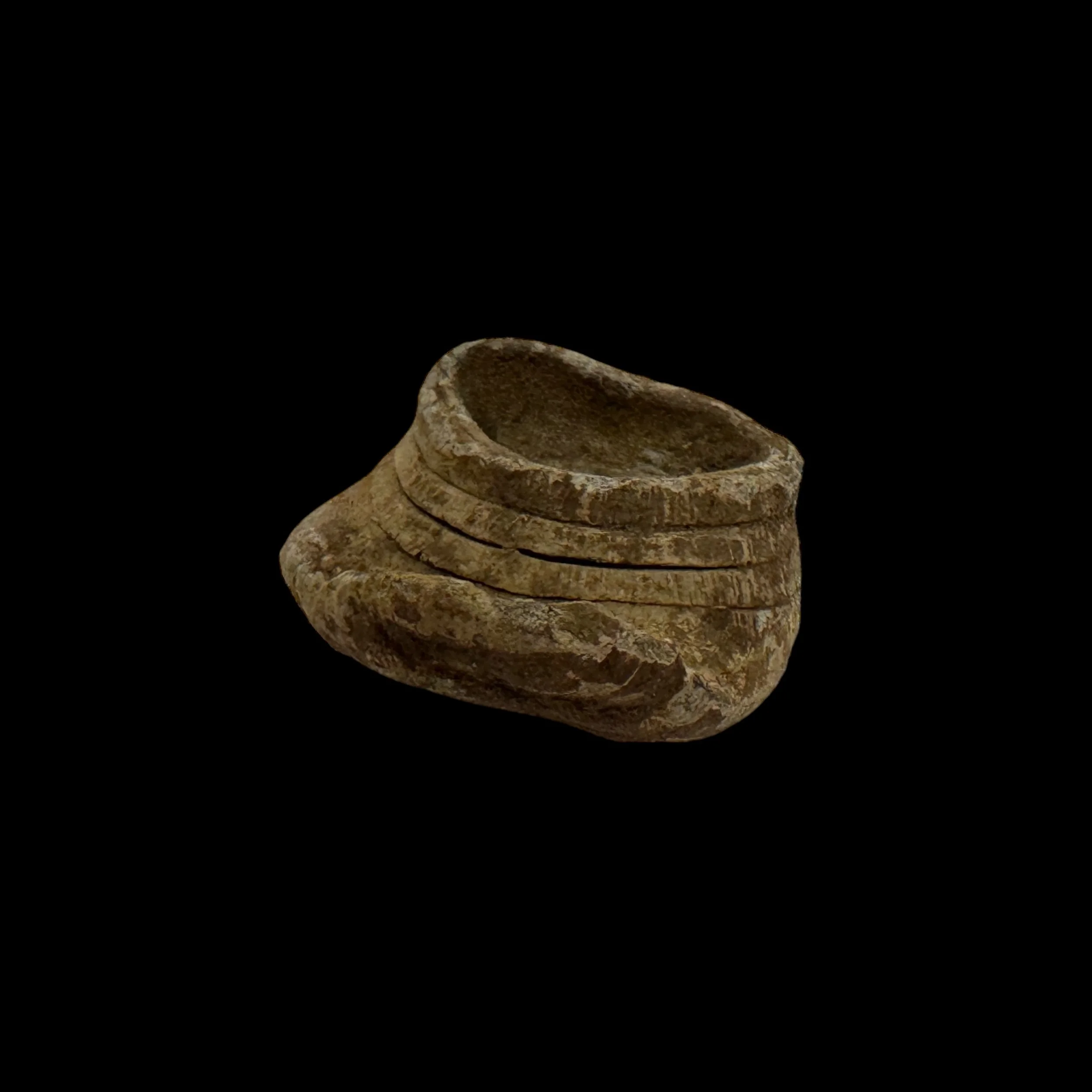Original Civil War "HARD IMPACT - FIRED" Siege of Vicksburg (May 18 – July 4, 1863) Professionally Preserved Battlefield Excavated Rifle Bullet











Original Civil War "HARD IMPACT - FIRED" Siege of Vicksburg (May 18 – July 4, 1863) Professionally Preserved Battlefield Excavated Rifle Bullet
Comes with a hand-signed C.O.A.
Battle: Siege of Vicksburg (May 18 – July 4, 1863)
Bullet Condition: Uncleaned (still contains dirt from the battlefield)
This rare and museum-grade Civil War artifact is an original and professionally preserved “FIRED” rifle bullet excavated from the Siege of Vicksburg (May 18 – July 4, 1863) battlefield.
The Battle of Vicksburg was a crucial turning point in the American Civil War, often considered one of the most significant victories for the Union. This battle, which took place from May 18 to July 4, 1863, was marked by a prolonged siege and a series of intense conflicts. It ultimately culminated in the surrender of the Confederate garrison at Vicksburg, Mississippi.
Strategic Importance of Vicksburg
Vicksburg's location on the Mississippi River made it a strategic target. Controlling Vicksburg meant controlling the Mississippi River, a vital artery for transportation and supply. For the Confederacy, Vicksburg was essential to maintaining communication and supplies between the eastern and western parts of the South. For the Union, capturing Vicksburg would split the Confederacy in two and provide an uncontested route for moving troops and supplies.
The Campaign Leading to the Siege
The Vicksburg Campaign was a series of maneuvers and battles led by Union Major General Ulysses S. Grant. Starting in late 1862, Grant's forces aimed to capture Vicksburg by outflanking its defenses. Key battles in this campaign included the Battle of Champion Hill and the Battle of Big Black River Bridge, which were significant Union victories that isolated Vicksburg and set the stage for the ensuing siege.
The Siege of Vicksburg
Once Grant’s forces surrounded Vicksburg, they began a siege that would last for 47 days. The Union army encircled the city, cutting off all supplies and reinforcements. The Confederate defenders, led by Lieutenant General John C. Pemberton, endured constant bombardment and dwindling resources. The siege resulted in severe hardships for both soldiers and civilians trapped in the city.
Firearms and Ammunition Used in the Battle
The Battle of Vicksburg saw the use of a wide array of firearms, reflecting the technological advancements of the mid-19th century. Both sides used similar types of weapons, although the Union had the advantage of better supply lines and more advanced manufacturing capabilities.
Rifles and Muskets
Springfield Model 1861: This rifled musket was the most common firearm used by Union soldiers during the Vicksburg Campaign. It was a .58 caliber, single-shot, muzzle-loading weapon known for its accuracy and reliability. The rifling in the barrel gave the bullets a spin, improving accuracy over long distances.
Enfield Pattern 1853: The Confederates used a mix of imported and domestically produced rifles, with the British-made Enfield Pattern 1853 being one of the most prevalent. Like the Springfield, it was a .577 caliber, rifled musket. The Enfield was highly regarded for its accuracy and range.
Lorenz Rifle: Used by both Union and Confederate forces, the Austrian Lorenz Rifle was a .54 caliber weapon that, although less common than the Springfield and Enfield, played a significant role in the conflict.
Smoothbore Muskets: Older smoothbore muskets, such as the Model 1842 Springfield, were still in use, particularly among Confederate troops. These muskets fired round balls and were less accurate than rifled muskets but were still deadly at shorter ranges.
Bullets and Ammunition
Minié Ball: The Minié ball, a conical bullet with a hollow base, was the standard ammunition for rifled muskets. It expanded upon firing to engage the rifling grooves, providing greater accuracy and range. The .58 caliber Minié ball was the most commonly used during the battle.
Buck and Ball: This type of ammunition, used primarily in smoothbore muskets, consisted of a large round ball and three smaller buckshot pellets. It was effective at short ranges and devastating in close-quarters combat.
Other Firearms
Sharps Rifle: Known for its accuracy and rapid firing capability, the Sharps rifle was used by specialized units such as sharpshooters. It was a breech-loading rifle, which allowed for faster reloading compared to muzzle-loading rifles.
Colt Revolving Rifle: This innovative weapon, used by some Union troops, was a repeating rifle with a rotating cylinder that could fire multiple rounds without reloading. Despite its firepower, it had issues with reliability and was not widely adopted.
Pistols and Revolvers: Both sides used various pistols and revolvers, such as the Colt Army Model 1860 and the Remington Model 1858. These were typically carried by officers and cavalrymen for personal defense.
Artillery
Artillery played a crucial role in the siege, with both sides utilizing a range of cannons and howitzers. The Union army’s superior artillery, including heavy siege guns and naval guns mounted on riverboats, pounded the Confederate defenses relentlessly. Common artillery pieces included:
12-pounder Napoleon: A smoothbore cannon used for its versatility and reliability.
3-inch Ordnance Rifle: A rifled cannon known for its accuracy and range.
10-inch Mortars: Used by the Union to lob explosive shells into the city, causing extensive damage and demoralizing the defenders.
Impact and Aftermath
The fall of Vicksburg on July 4, 1863, was a devastating blow to the Confederacy. It, along with the Union victory at Gettysburg, marked a turning point in the Civil War. The Confederacy was effectively split in two, and the Union gained control of the Mississippi River. The surrender of over 29,000 Confederate soldiers was one of the largest of the war and significantly weakened the Southern war effort.
The Battle of Vicksburg was not only a testament to the strategic acumen of Ulysses S. Grant but also highlighted the evolving nature of warfare in the mid-19th century. The use of advanced firearms and artillery, coupled with the logistical challenges of maintaining a siege, showcased the complexities of Civil War battles. The capture of Vicksburg demonstrated the Union’s ability to combine strategic planning with effective use of technology, ultimately paving the way for the North’s victory in the Civil War.